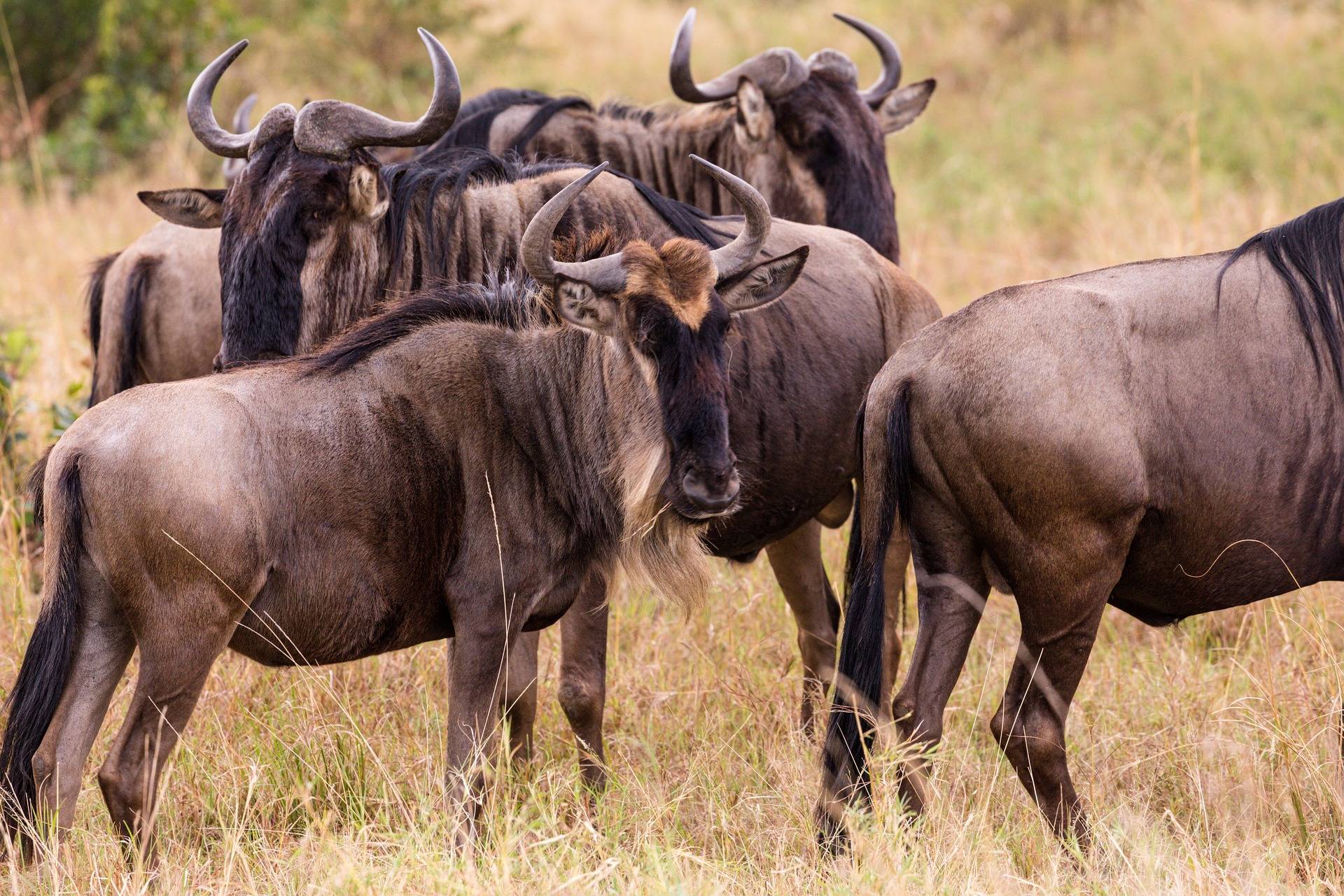
The Great Migration is rightfully one of Tanzania's most celebrated natural phenomena. It is an event of gargantuan proportions, an annual journey comprising almost two million wildebeest, zebras, and other mammals from Tanzania's Serengeti to the greener pastures of Kenya's Maasai Mara. This astounding event is a magnificent testament to the wonders of the natural world.
To answer, "What is the Great Migration?", you first have to envision the following: around 1.5 million wildebeest, 200,000 zebras, and a host of other herbivorous animals traversing approximately 800 kilometers across vast plains, rocky terrains, and mighty rivers, all in pursuit of fertile grazing lands. The migration, composed predominantly of wildebeest, is a cyclical event dictated by the seasonal availability of grazing pastures.
Although termed the "Great Migration", this remarkable journey is less about moving and more about survival. A fascinating aspect of this event is that it doesn’t follow a linear route. Instead, the herds move in a circular pattern, tracking the rainfall and hence the growth of nutritious grass they need for their survival.
The herds' constant search for food and water forces them to journey through different ecosystems, ranging from the grassy plains of the south to the river-laden landscapes of the north. This captivating cycle has been ongoing for centuries and remains a vital part of the Tanzanian and Kenyan ecosystems.

One might ask, "When does the Great Migration occur?" Contrary to popular belief, the Great Migration happens year-round. However, there are certain significant phases that are often grouped into events or spectacles within the migration:
Starting from Tanzania's Ngorongoro Conservation Area in the south, the herds move north through the Serengeti towards Kenya's Maasai Mara reserve.
Throughout the year, the Great Migration can be observed in different locations across Tanzania. These locations are dependent on rainfall patterns and the availability of fresh grazing lands. Some of the best places to experience the migration across different months include:
The Great Migration in Tanzania is a breathtaking spectacle, a testament to the raw, unforgiving, yet deeply compelling aspects of nature. The grounds of the Serengeti and Maasai Mara are indeed arenas of survival, theatres of life in its most primal form.
Witnessing this timeless journey is like watching a live natural documentary, except there are no voice-overs, only the dominant soundtrack of pounding hooves against the earth. The allure of the Great Migration spans across ages and continents, beckoning wildlife enthusiasts and nature lovers from all around the globe, truly making it Tanzania's greatest spectacle.
To sum up, the Great Migration serves as a gentle reminder of our intrinsic duties as custodians of this planet. In an increasingly industrialized world, events such as these should inspire us to safeguard these invaluable experiences for future generations to admire and learn from.